A record number of speeding tickets have been issued and fines for using a hand-held mobile phone while driving have risen by a third, new Home Office crime statistics show.
There were almost 2.7 million motoring offences, excluding data from the Metropolitan Police Service (MPS), recorded in 2023, an increase of 11% compared with the previous year (2.4 million), and the highest recorded since comparable records began in 2011.
More than four-fifths (86%) of recorded motoring offences were for speeding (2.3 million), up 10% on the previous year (2.1 million) and the highest recorded since 2011.
Between 2011 and 2023, the number of speed limit offences increased at a faster rate than the amount of road traffic in Great Britain.
Number of speed limit offences
Source: Home Office
Since 2011, the only noteworthy year-on-year decline in speeding offences was in 2020, likely due to the pandemic.
Last year, 868,743 cases (32%) resulted in the driver receiving an endorsable fixed penalty notice (FPN), while 107,336 cases (4%) resulted in a non-endorsable FPN and an individual attended a driver retraining course in 1,370,612 cases (51%). Some 351,682 cases resulted in court action (13%).
Number of fixed penalty notices issued
Number of motoring offences resulting in an endorsable or non-endorsable FPN, England and Wales (excluding MPS and BTP), 2011 to 2023. Source: Home Office
The number of endorsable FPNs declined sharply between 2012 and 2013, corresponding with a large increase in driver retraining outcomes.
The number of endorsable FPNs issued remained stable between 2014 and 2019, but following a decline in 2020 (to 765,346 during the pandemic, a period in which road usage fell) the data has shown small fluctuations, with the latest year however, showing a larger increase of 9% (to 868,743).
The number of non-endorsable FPNs had fallen year-on-year from 2011 to 2018, but increased in 2019 (to 98,321).
With the exception of a fall in 2020 (likely due to the pandemic), the number of non-endorsable FPNs has remained fairly stable since 2019 until the latest year in 2023 in which there was an increase of 10% to 107,336 as shown in Figure 2.1.
Half (51%) of driving offences resulted in driver retraining, while a fine was paid in a further 36% of cases and 13% of cases involved court action, similar proportions to 2022.
The MPS recorded 498,408 motoring in 2023, a 1% decrease from the previous year (502,245).
Offences involving the ‘use of hand-held mobile phones’ while driving were up 9,066 or 33% to 36,842 fines, and ‘neglect of traffic signs and direction and pedestrian rights’ increased by 18,693 or 23% to 98,605 also saw large volume increases.
Jack Cousens, head of roads policy for the AA, said: “We are incredibly concerned that drivers using hand-held mobile phones behind the wheel has risen by a third in a year.
“While this shows that officers are rightly targeting the offence, drivers are still far too tempted to play with their phones when driving.
“At the same time, cases of careless driving have risen by 18% and speeding fines are at an all-time high.”
He added: “Drivers need to know that forces are applying the law and bad behaviour will be caught either in person or on camera.”
“While cameras and new technology have an important role to play in road safety, these stats clearly show that we need more cops in cars to police the roads.
“Yesterday, the Prime Minister said he would hire 13,000 new officers, PCSOs and Special Constables. At least 1,000 should become traffic officers to help improve road safety and stop poor driving in the act, before something tragic occurs.”
Roadside breath test increase
The new figures from the Home Office also show a slight increase in the number of roadside breath tests carried out by Police.
In 2023, there were 276,914 tests in England and Wales - up 3% compared with the previous year.
As in previous years, more breath tests were undertaken in December than any other month, coinciding with police drink and drug driving campaigns.
The data shows that around one-in-six (16%) of breath tests were positive or refused, down slightly from 17% in the year ending December 2022.
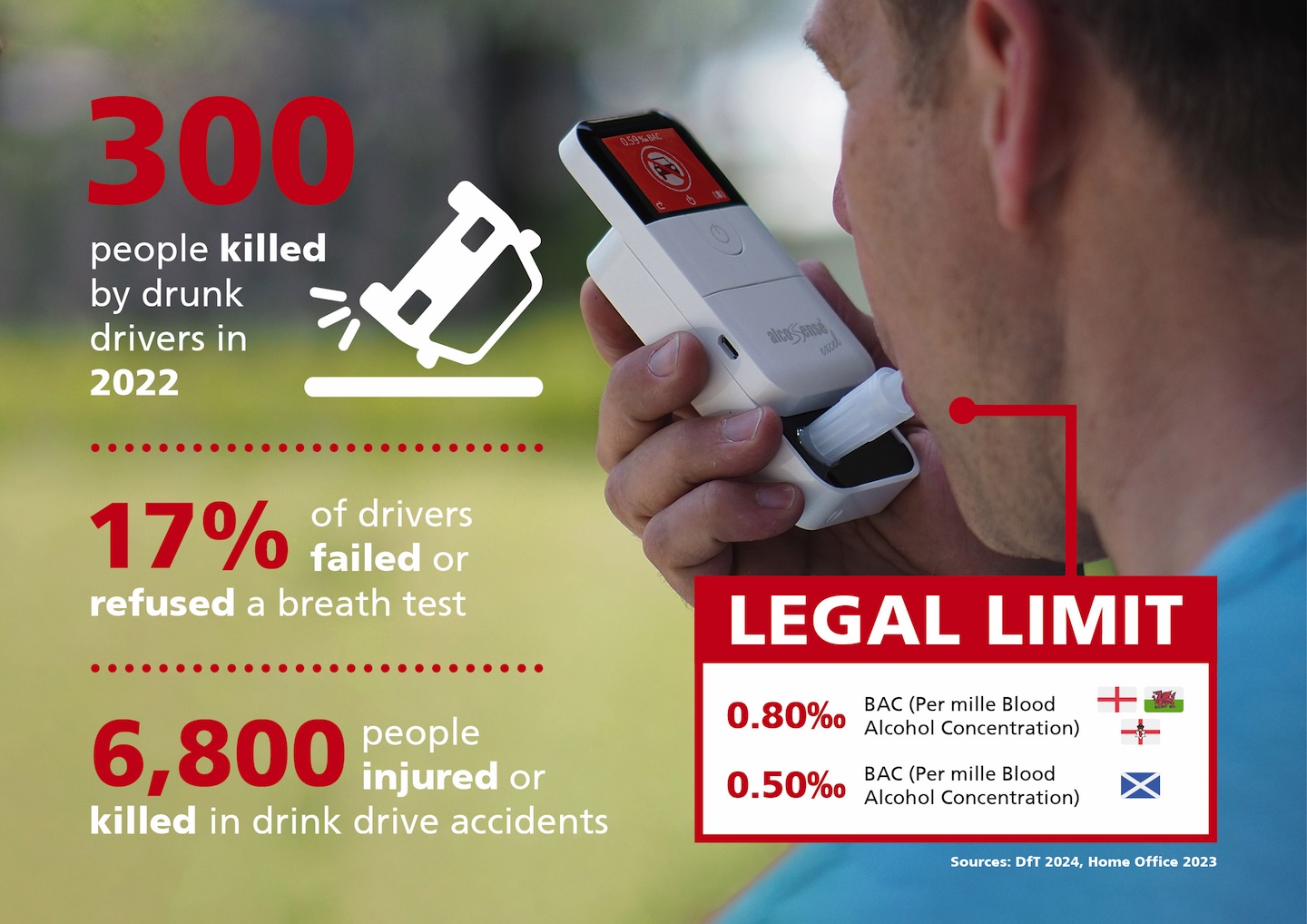
“Whilst we are pleased to note the increase, testing is still significantly lower than it should be,” said Hunter Abbott, MD of personal breathalyser firm AlcoSense, “15 years ago, 647,380 breath tests were conducted.
“But despite the relatively low number of tests, it’s still a shocking fact that nearly 45,000 motorists were found to be over the legal limit (or refused to provide a sample).”
The latest Department for Transport (DfT) statistics show 300 deaths on Britain’s roads in 2022, where a motorist was over the drink-drive limit – an increase of 15% on the previous year and the highest since 2009.
There were 6,800 casualties in drink drive accidents, with drunk drivers accounting for 17% of road deaths.
“Testing levels in England and Wales lag way behind other European countries - just 5 breath tests per 1,000 inhabitants,” added Abbott. “In Ireland the figure is 18 per 1,000 population, whilst in France it’s 109.
“Expenditure on the Government’s Think! drink-drive campaign has also more than halved – from £1.1m in 2022/23 to just over £500,000 in 2023/24.”
Research shows that, at the current drink-drive limit in England and Wales, you are 13 times more likely to be involved in a fatal crash than when sober.
Three-quarters of Scots say England should adopt lower drink-drive limit
Three-quarters (77%) of drivers in Scotland think that England and Wales should follow its example of lowering the drink-drive limit.
The Scottish limit was lowered on December 5, 2014, to 50mg of alcohol per 100mL of blood. The previous limit of 80mg still applies in the rest of the UK.
According to a new poll of 1,000 Scots by breathalyser firm AlcoSense, 41% of motorists no longer drink alcohol when they know they will be driving later the same day or the following morning – with a further 29% saying they’ve reduced consumption since the limit change.
The most popular way to avoid breaking the stricter law is to arrange alternative transport home after a night’s drinking – 46% now either walk, take a taxi or rely on a designated alcohol-free driver.
Over a third (35%) mention they now drink at home more, so they don’t have to worry about driving.
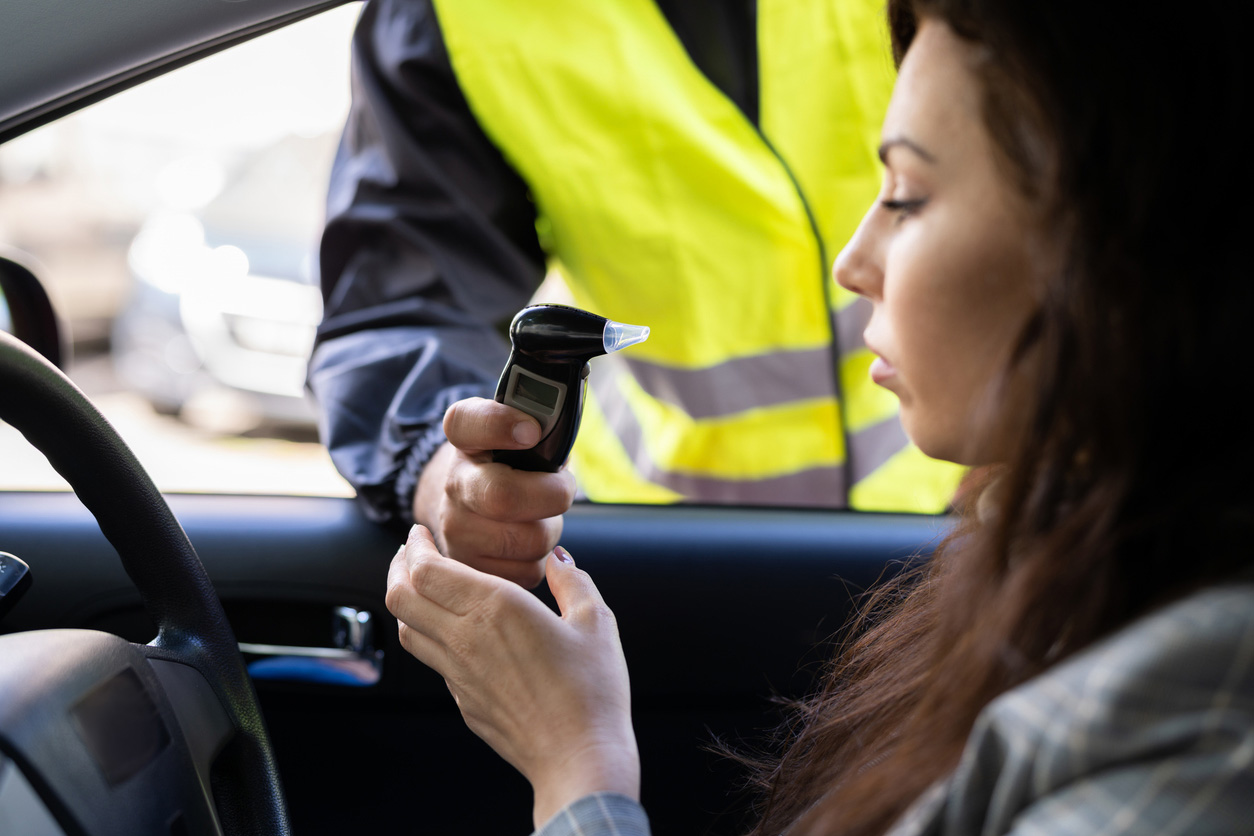
“Based on these findings, the number of drivers on Scottish roads with alcohol in their system has significantly reduced,” said Abbott.
“The risk of being in a fatal accident increases exponentially as blood alcohol levels rise – even if you are below the legal limit.”
Interestingly, 40% of Scots claimed that the lowering of the drink-drive limit has resulted in them consuming less alcohol generally.
Three quarters (75%) were in favour of the change when it was introduced and virtually all of them (97%) continue to support it based on their experience of the past 10 years.
“Whilst the number of drink drive accidents has been declining steadily over the past two decades, this seems to have bottomed out and collisions are rising again,” added Hunter Abbott.
“Our survey provides a clue as to why this is happening, despite most Scots showing a far more responsible attitude towards drinking and driving.
“Four-in-10 motorists (41%) admitted to consuming more alcohol whilst Scotland was in lockdown during the Covid-19 pandemic.
“Worryingly,15% say their drinking habits have remained at the same level since. So, it seems that a stubborn hard core may account for the increase in accidents.”
Total drink-drive casualties in Scotland were up nearly 50% in 2022, with 310 people injured compared with 210 the previous year.
Research shows that with just 10mg of alcohol in your blood (one fifth of the Scottish limit) you are 37% more likely to be involved in a fatal crash.
Nearly a third of respondents in the AlcoSense poll (31%) considered the Scottish limit should remain as it is, but over a quarter (27%) thought it should be reduced to zero – as in countries such as Hungary, Russia and the Czech Republic.
A further 18% reckoned the limit should be lowered to 20mg of alcohol, which is the recommendation of the European Transport Safety Council and applies in Norway, Poland and Sweden.









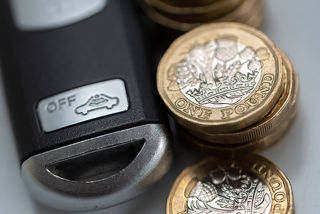
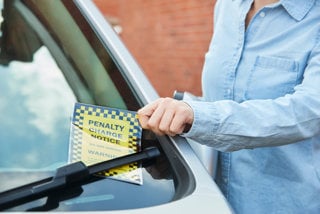
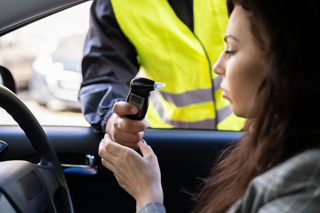













Login to comment
Comments
No comments have been made yet.